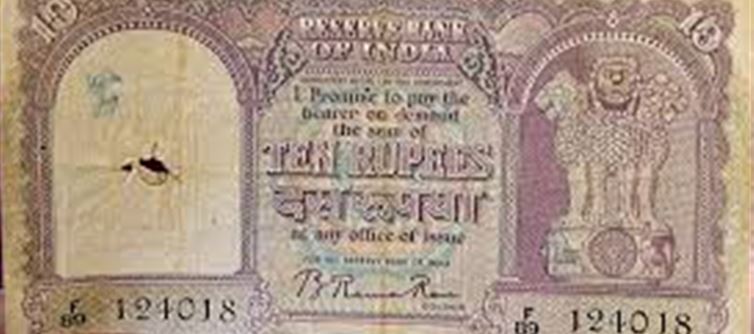
On 15 august 1947, india gained independence, marking the beginning of a new national identity that permeated every aspect of life, including currency. More than just a medium of exchange, currency became a symbol of sovereignty. The first coins and currency notes issued post-independence encapsulated India's pride, heritage, and aspirations, representing a significant shift from colonial rule to self-governance.
India’s first coins as an independent nation were introduced in 1950, coinciding with the adoption of the Constitution. Known as the "Anna Series," these coins replaced those adorned with the images of british monarchs. Crafted from nickel and copper, they came in denominations of 1 pice, ½ anna, 1 anna, 2 annas, ¼ rupee, ½ rupee, and 1 rupee. Notably, the Anna Series featured the lion Capital of Ashok, India's new emblem, replacing the british crown. The coins adhered to the old monetary system of 16 annas equaling 1 rupee until the currency was decimalized in 1957.
The first currency note issued was the ₹1 note in 1949, showcasing the lion Capital of ashok instead of king George VI’s portrait. This note also featured the Finance Secretary's signature, a tradition that persists today. It had a watermark of the lion Capital and was predominantly blue. Following this, denominations of ₹2, ₹5, ₹10, and ₹100 were released, each celebrating India's culture and progress.
From the metallic clink of the Anna Series coins to the crisp texture of the first ₹1 note, these early currencies serve as timeless reminders of India's journey toward independence and self-identity. They are not just currency but cherished symbols of a nation reclaiming its narrative.
Disclaimer: This content has been sourced and edited from Indiaherald. While we have made adjustments for clarity and presentation, the unique content material belongs to its respective authors and internet site. We do not claim possession of the content material..jpg)




 click and follow Indiaherald WhatsApp channel
click and follow Indiaherald WhatsApp channel